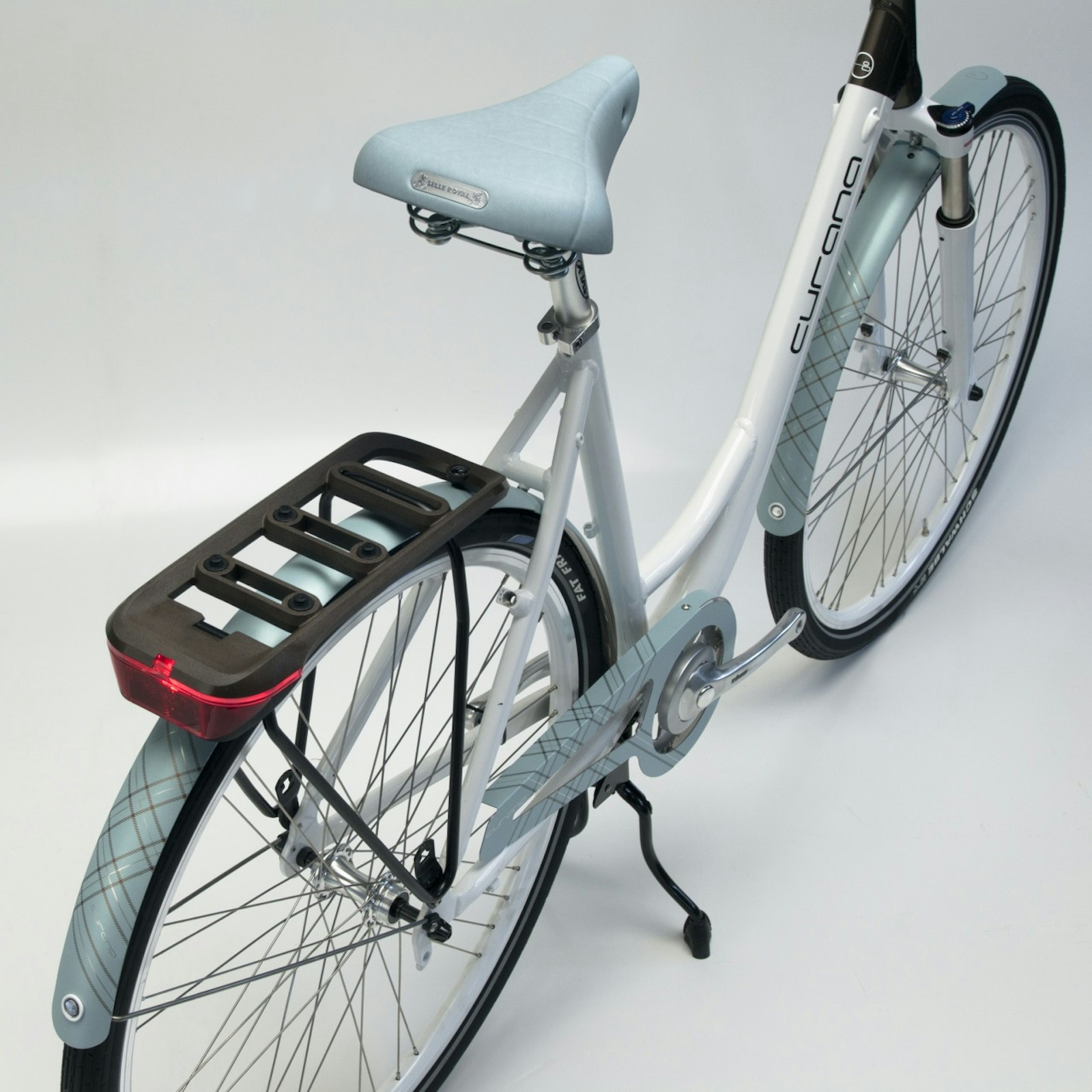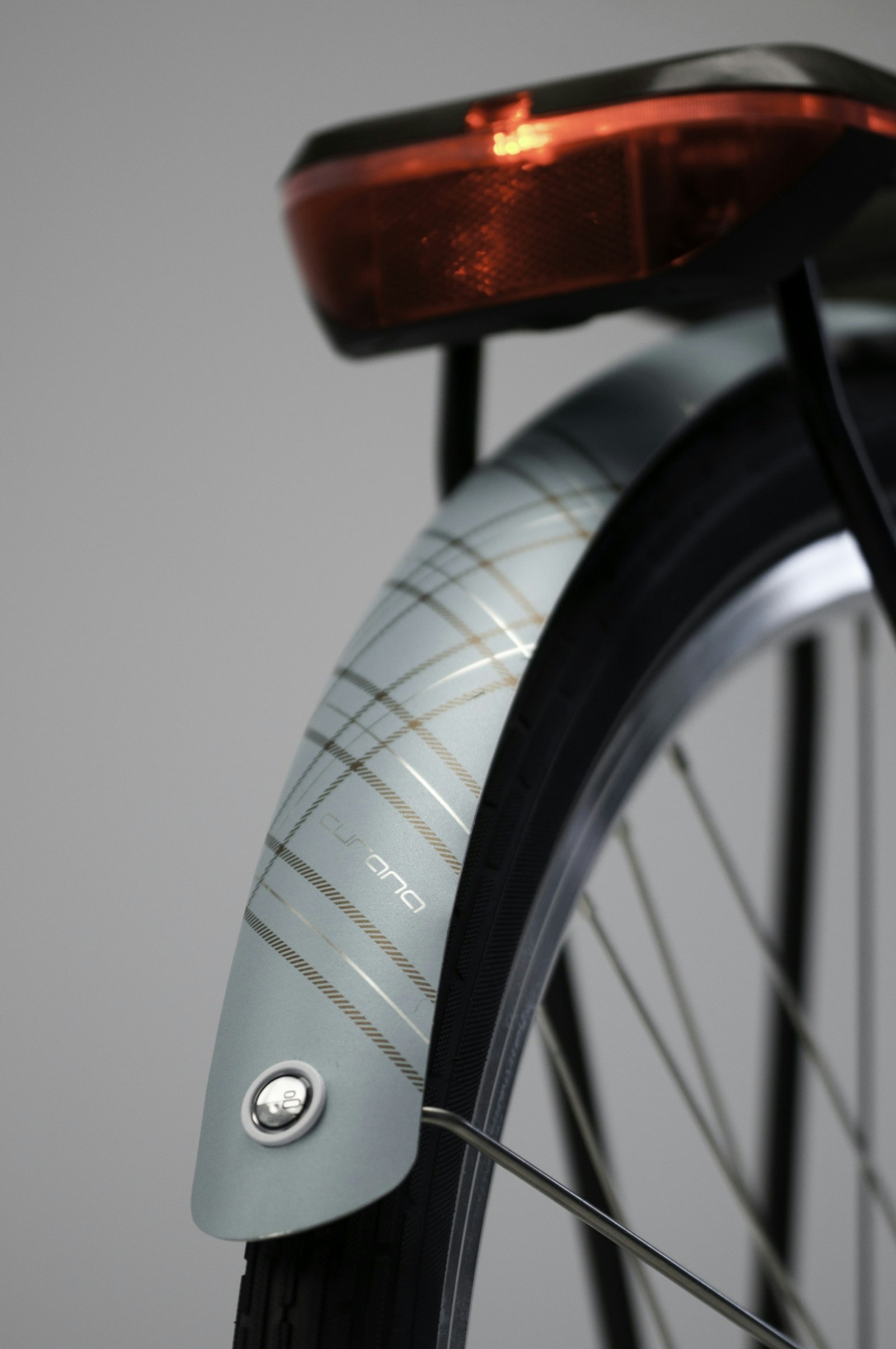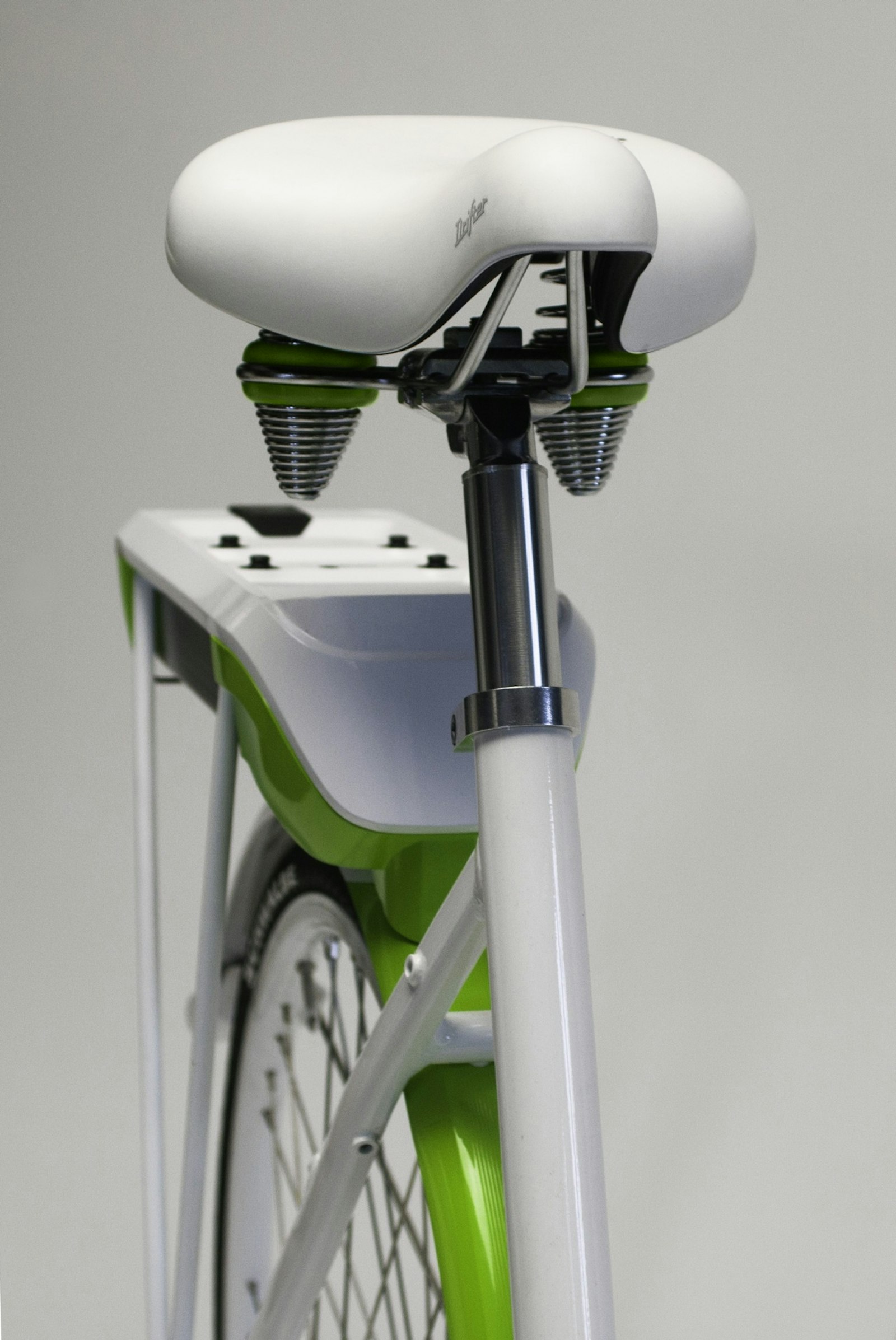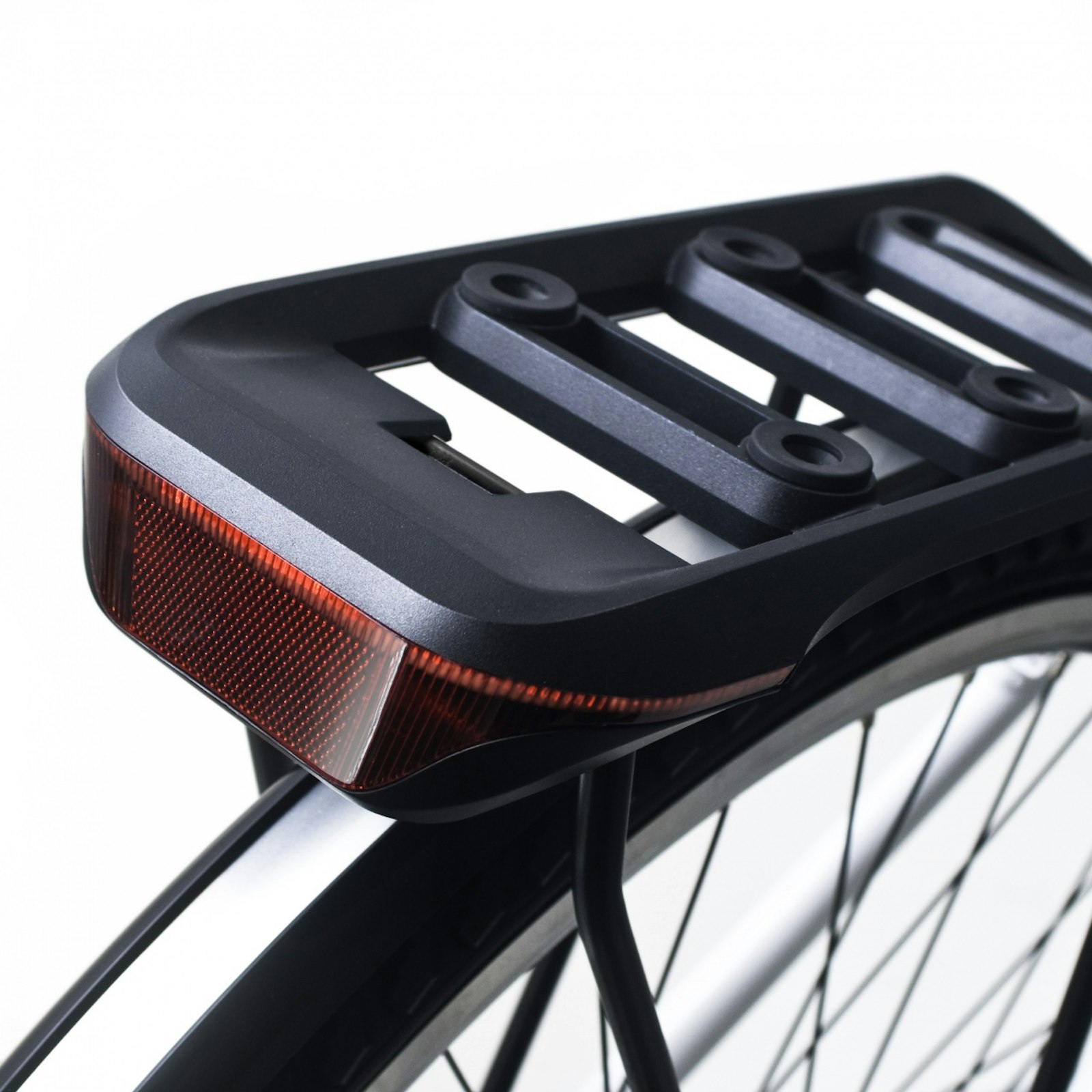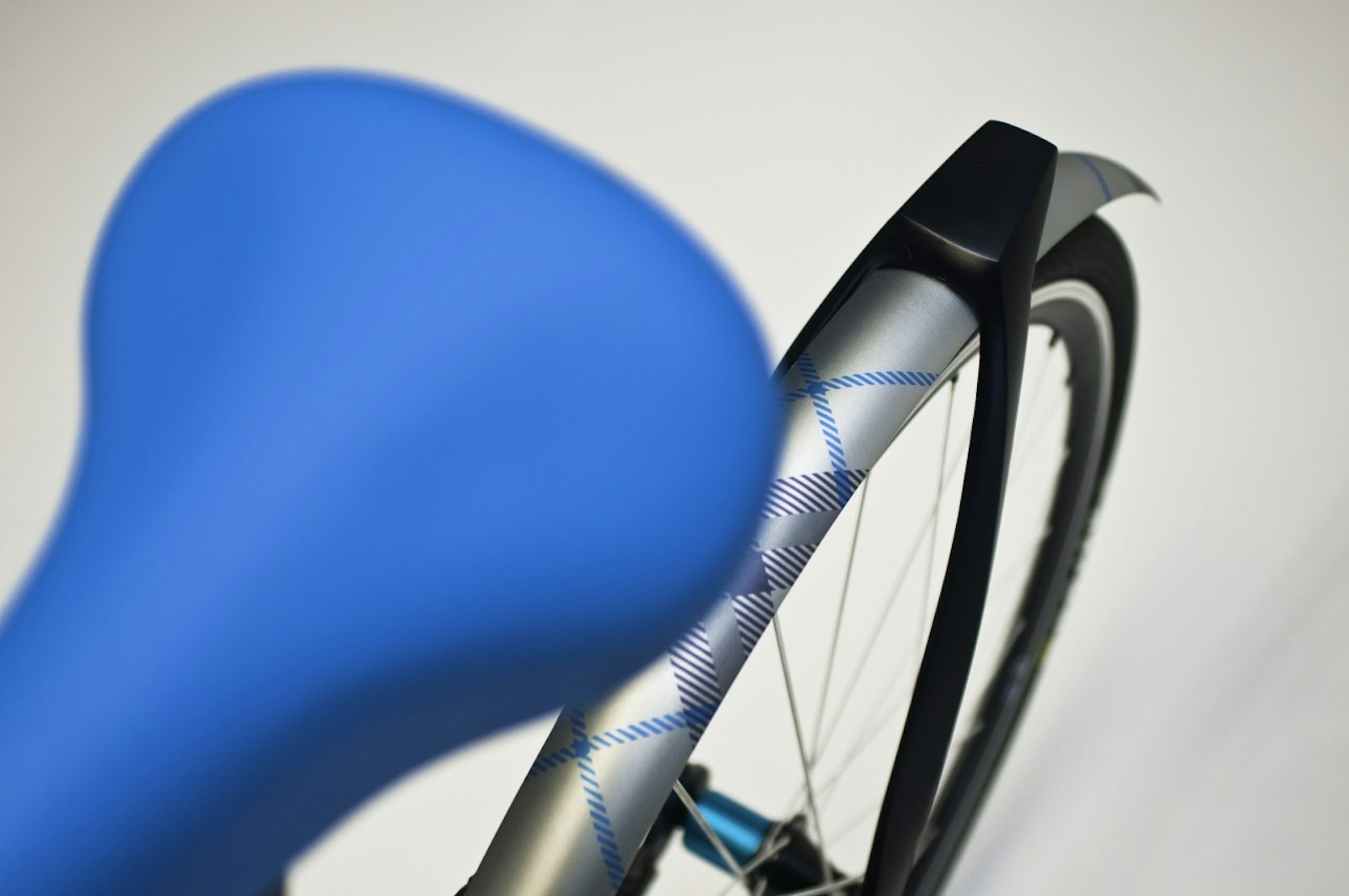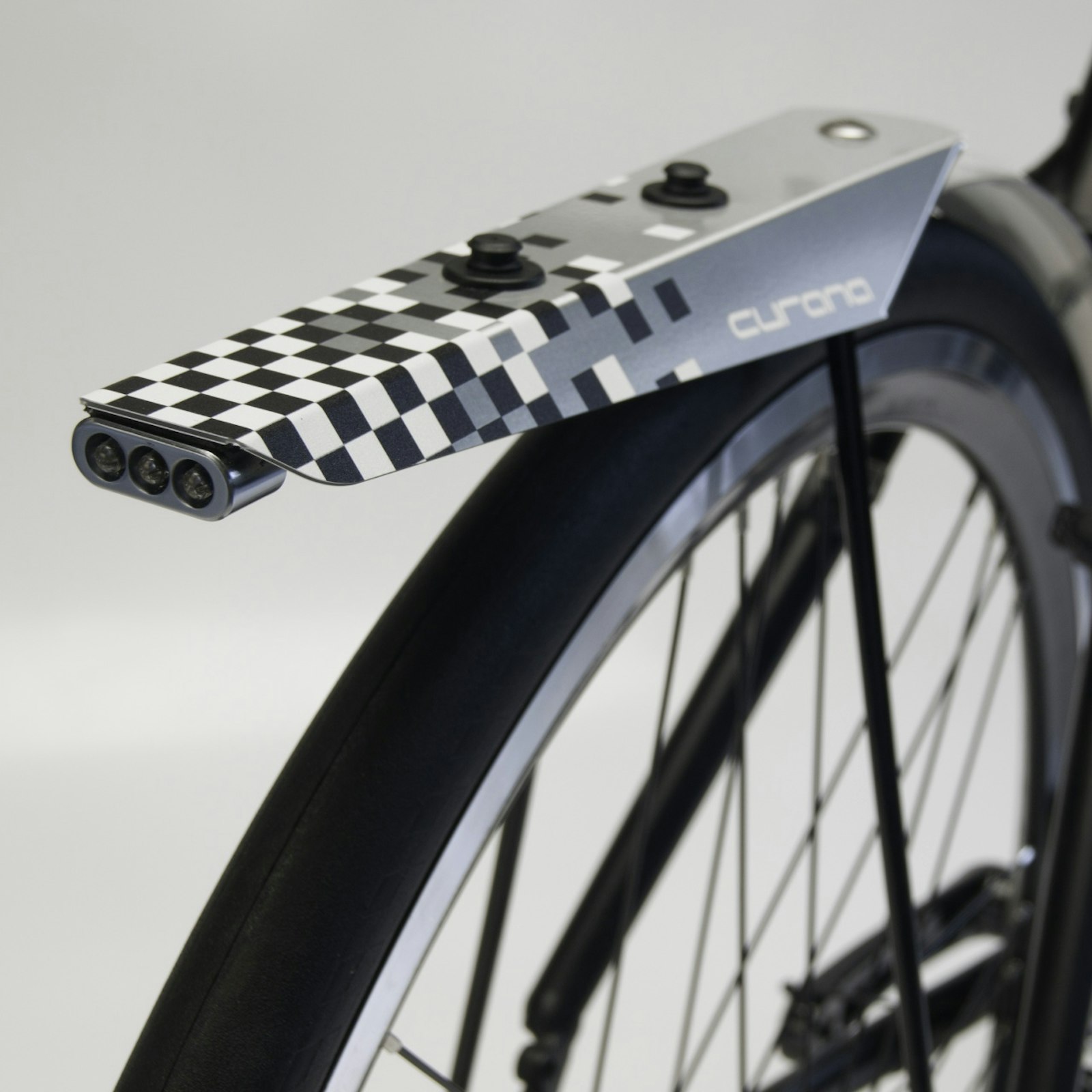You just have to walk into Curana to see that the choice for strategic design management has paid off. For a long time, this business employed about 5 people, but now there are 15 in-house employees and 20 or 30 external collaborators. 1999 truly was a pivotal year in which Curana went from a metalworking company to an innovative business; a company followed up on by the industry, and one that inspires cycle manufacturers to adopt its components and overall concepts. It is an inspiring example, deserving of the 2010 Henry van de Velde Company Award.
de Velde
Curana
Grandfather Gerard Werbrouck quickly evolved from local bike seller to maker of cycle parts for bicycle manufacturers. In other words, his suppliers became his customers. Until recently, Curana was based in the grandparental home in Roeselare, but now large, new premises await it in Ardooie, with more than 400 m² of floor space devoted to showroom & office, 400 m² to R&D and, on top of that, a gigantic production area.
In the early 1990s, Werbrouck’s grandsons, the brothers Dirk and Geert Vens, joined forces to lead Curana forward. The brothers soon realised that the time had come for a drastic change. The range of mudguards and luggage racks they offered was traditional, followed conventional trends, and appealed mostly to the domestic market. In 1999, they made the radical decision to introduce design into their products. They did this with the help of Adriaan Debruyne, who was still at the time the business manager for the Pilipili design agency. The benefits of this decision were legion. They now began to make unique products with added value, for which the cycle manufacturers were willing to pay a premium.
The new motto, ‘If someone else does it, we won’t!’ seemed to be right on the money. In 1999, they exported 45% of their overall production, but by 2006 this figure exceeded 90%. In the meantime, just 5% of overall production went to the Belgian market. The first development was an entirely new product using a custom production technique. Since that time, Curana has been making products that differ radically from those of its competitors, in terms of materials, integrated functioning and innovative concepts. One good example of this is a concept incorporating luggage rack, mudguard, coat protector and chain guard. The separate parts have all been improved (lighter materials, which are also more easily printed upon, a luggage rack with integrated rear light, etc.), but, at the same time, they form a true whole. This lies entirely in line with the evolution of the bicycle into a lifestyle product. Not only is the quality of the components important, it also has to look great.
Through intensive contact with cycle manufacturers around the globe, Curana came to realise that the parts in themselves did not espouse the dream. To make the manufacturers more aware of exactly what it is that Curana stands for, their trade stands have recently been displaying concept cycles, or handmade cycles that demonstrate the Curana philosophy right down to the tiniest detail. The result is astounding. Suddenly the products are selling in sets, whereas a producer might previously have finally decided on the mudguards, for example. Some manufacturers are even interested in buying the complete cycle as is, though Curana isn’t offering it for sale at the moment. The C-Couture concept bikes are known as the Candy, Chrono, Commuter, Cuban and Cult. They differ from the rest of the market in several ways, including the possibility of digitally printing on the components, thereby opening the door to the couture approach.
The two most exciting partnerships to arise from Curana’s innovative approach are, firstly, the collaboration with Suntour, a Taiwanese producer of front suspension forks and chain sets. In the near future, Suntour aims to put electric cycles on the market. A significant problem with this is the battery, which usually looks unattractive on a bike. After seeing the concept bikes, they asked Curana to design an innovative luggage rack to house the battery. The Italian manufacturer Selle Royal has also shown a keen interest. This world leader in bike saddles worked with Curana to give saddles, chain guards and mudguards the same look and feel. The result was presented at Eurobike in Friedrichshafen in September 2010. The CLite chain guards and mudguards are made from a composite material sandwich (aluminium-plastic-aluminium). Curana is the world’s biggest buyer of this composite material and has obtained exclusive rights from the manufacturer to use it in the cycle sector.
For a while now, the demand for design at Curana has been too much for just a single designer. In addition to Adriaan Debruyne, Curana has its own design team of two product developers and one CAD drafter, and calls on external design agency Pilipili and designer Julian Gonzalez. Dirk Vens also spends a lot of his working time on product development because he is convinced that design can only succeed as a strategy if it is understood and recognised by all, management included. It’s no wonder then that Curana won the DME Award for strategic design management in the small business category in 2008.
Dirk Vens also expects a lot from the new development, the MagiQ, a magnetic fastening system by which luggage can be fastened to different places on the bike. It is system for ‘blinds and blonds’, as he calls it himself, because it is so easy to use and the magnets allow you to fasten luggage to the bike even when blindfolded. Again, he has exclusive rights to use this magnetic system in the cycle industry and his intensive talks with the bag industry will ensure that, in the future, we will just throw our bag onto the bike before we set off.
